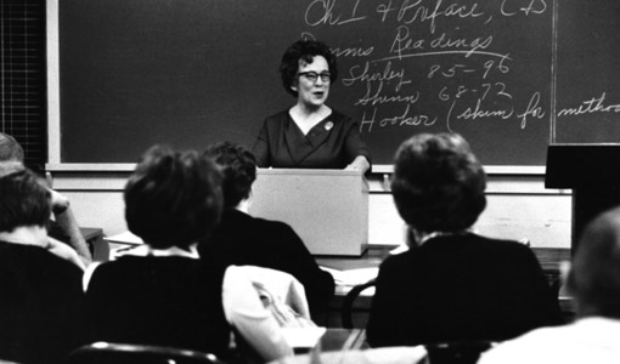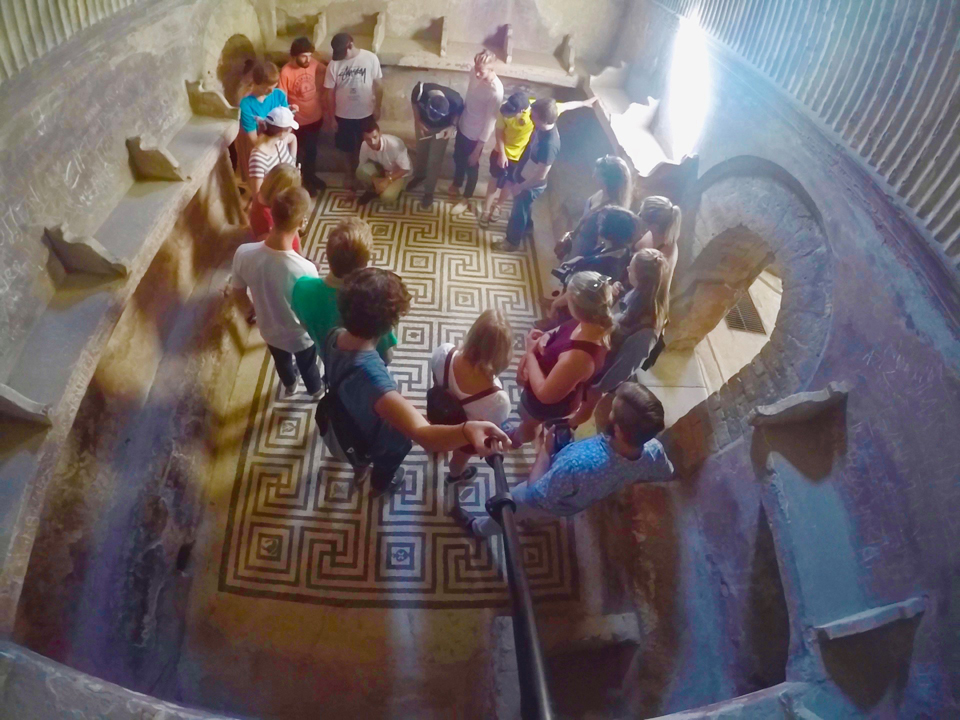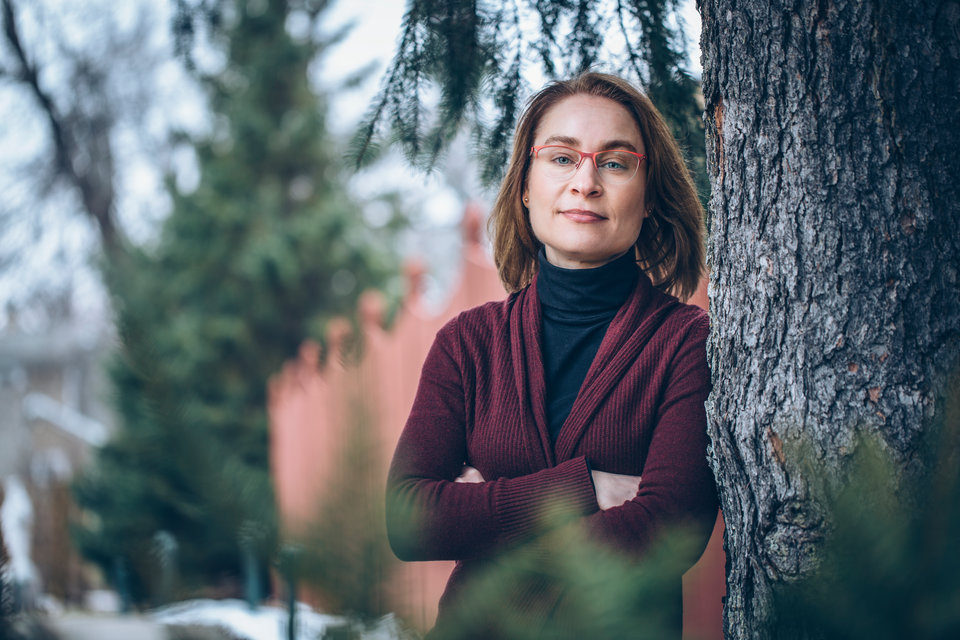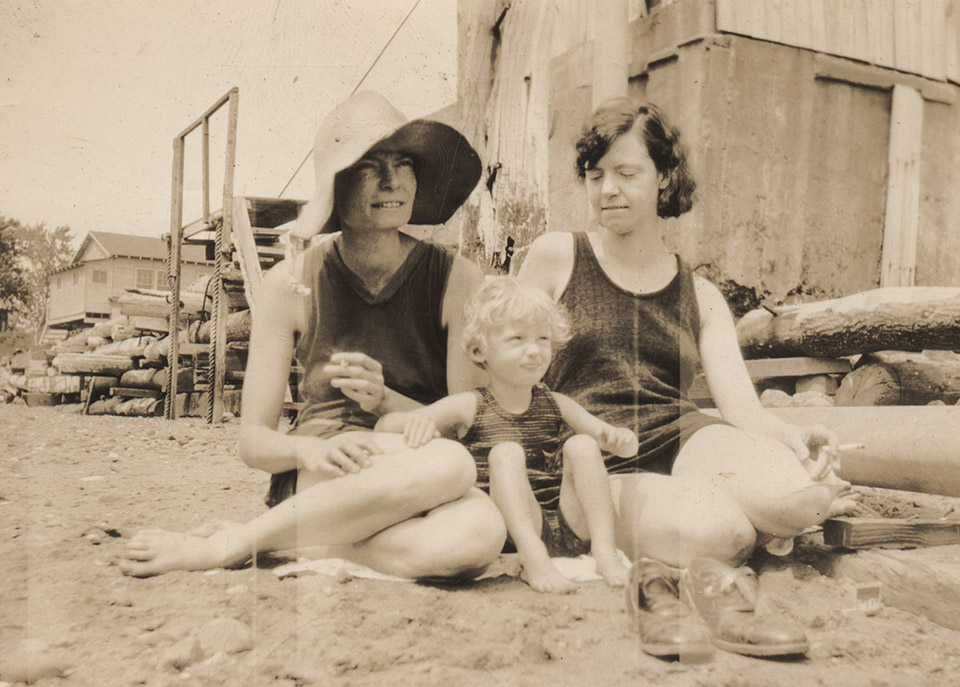Near the end of her classic text, A Room of One’s Own, Virginia Woolf wrote: “The truth is, I often like women. I like their unconventionality.I like their subtlety. I like their anonymity.” In the late 1920s,when Woolf published her book, women scientists certainly did work anonymously. When historians looked back at the early days of scientific disciplines such as psychology, it was the work of the “great men” that they highlighted. As a graduate student in the 1980s, I had no idea that so many interesting women populated the history of psychology.
The feminist surge of the 1970s nourished an explosion of scholarship on historic women contributors in science fields, but I didn’t actually encounter this work until I taught our History and Systems of Psychology course 15 years ago. As I caught up with the literature, I became fascinated by the life stories of early women psychologists. Soon I would discover that one of the most eminent,Florence Goodenough (1886-1959), made her career in Minneapolis.
Goodenough was a child psychologist and IQ expert at the University of Minnesota’s Institute of Child Welfare (now called the Institute of Child Development) from 1925 to 1947. Well known for her “Draw-A-Man” intelligence test (still used today) and her research on gifted children, she published extensively and was the author of the first systematic empirical study of emotion in children (Anger in Young Children, 1931).
I came across Goodenough’s personal papers and correspondence in the University of Minnesota archives while researching the background of the institute. Her letters drew me in immediately as they revealed her striking personality and intellect. She was known, for instance, for the exacting standards she imposed on her graduate students.
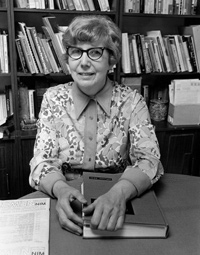 Responding to student Theta Wolf’s thesis draft in 1936, Goodenough offered: “To be frank, your accounts bore me almost to tears.” Later she apologized for her harshness, blaming it on Minnesota weather. But when praise was warranted, Goodenough did not hold back. After many revisions, Wolf received, finally,this affirmation: “Dear Theta: Now I like it. In my opinion you’ve done a corking job; one of the best, if not the best that has appeared.” Wolf (1904-1997) went on to teach psychology at Hamline University for 20 years; later she lived in France and produced a brilliant biography of French mental testing pioneer Alfred Binet.
Responding to student Theta Wolf’s thesis draft in 1936, Goodenough offered: “To be frank, your accounts bore me almost to tears.” Later she apologized for her harshness, blaming it on Minnesota weather. But when praise was warranted, Goodenough did not hold back. After many revisions, Wolf received, finally,this affirmation: “Dear Theta: Now I like it. In my opinion you’ve done a corking job; one of the best, if not the best that has appeared.” Wolf (1904-1997) went on to teach psychology at Hamline University for 20 years; later she lived in France and produced a brilliant biography of French mental testing pioneer Alfred Binet.
Goodenough was not really anonymous in the history of psychology; she held a powerful academic position – rare for women of her era. But my research on her life and work led to a fortuitous collaboration with another psychologist fascinated by early women in American psychology. For several years I have been working to identify, with Dr. Elizabeth Johnston of Sarah Lawrence College, some of the lesser-known women of that group. Our research focuses on “second-generation” women – those who earned Ph.D.s between 1906 and 1945.
Building careers in the days before protective workplace legislation or social acceptance of working mothers, these women made the best of their circumstances. If married, they often relocated to accommodate spouses’ careers and, like Theta Wolf, developed innovative research projects wherever they went. Anne Roe (1904-1991) contributed important work on occupational choice in the 1950s even while adapting to her husband’s many career moves.
Magda Arnold (1903-2002) faced a different challenge. Her husband opposed her graduate study of psychology so much that he moved away with their three daughters and restricted her access to them. Arnold persisted in building a career, teaching at several Catholic colleges (her Catholic faith was a main life theme) and publishing research on emotion and brain function.
Another Minnesotan in our sample is Sister Annette Walters (1910-1978), who earned her Ph.D. at the U of M in experimental psychology in 1941. She proceeded to build the Psychology Department at the College of St. Catherine and later did the same for the College of St. Ambrose in Iowa. A skilled textbook author and passionate teacher, she initiated one of the early genderdiscrimination suits in higher education when authorities at St. Ambrose refused to grant her a sabbatical in the 1970s. She won – though the ruling was later overturned.
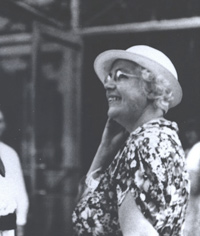 If you were black or Jewish, the obstacles for women mounted; Mamie Phipps Clark (1917 - 1983) faced both racism and sexism as a black woman psychologist on the job market in the 1940s.Frustrated with the low-level positions being offered, she turned her energies toward founding the Northside Clinic in New York, offering psychological services to black youth and challenging racialbias in IQ testing. In 1954, lawyers arguing the Brown v. Board of Education case used Clark’s graduate-school research as evidence against continued school segregation, demonstrating its negative psychological impact on black children. Later, she published work co-authored by her husband,Kenneth Clark, whose fame eclipsed hers. Consequently, people often mistakenly give him credit for her very original contributions.
If you were black or Jewish, the obstacles for women mounted; Mamie Phipps Clark (1917 - 1983) faced both racism and sexism as a black woman psychologist on the job market in the 1940s.Frustrated with the low-level positions being offered, she turned her energies toward founding the Northside Clinic in New York, offering psychological services to black youth and challenging racialbias in IQ testing. In 1954, lawyers arguing the Brown v. Board of Education case used Clark’s graduate-school research as evidence against continued school segregation, demonstrating its negative psychological impact on black children. Later, she published work co-authored by her husband,Kenneth Clark, whose fame eclipsed hers. Consequently, people often mistakenly give him credit for her very original contributions.
Compelled to forge complex career paths, these women channeled their love for psychology into unique and lasting contributions. Their professional presence was subtle as they often worked independently and at the margins. As women scientists in the early 20th century, their lives were, by definition, unconventional. Finally, they often were anonymous, and like Virginia Woolf, I find myself intrigued with their various forms of anonymity. Historical research has afforded me a deeper understanding of its source and, I hope, a remedy for it.
Photo Credits: Theta Wolf, courtesy of Hamline University Archives (top photo); Sister Annette Walters, coutesy of the Archives of the Sisters of St. Joseph of Carondolet, St. Paul (middle photo); and Florence Goodenough, coutesy of the Archives of the History of American Psychology, University of Akron (bottom photo).
Read more from CAS Spotlight
